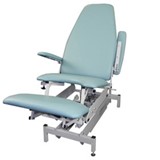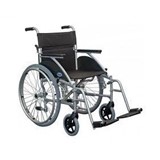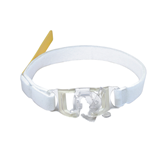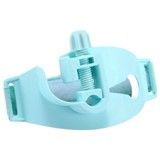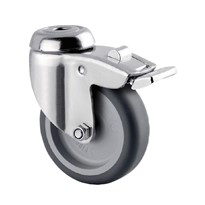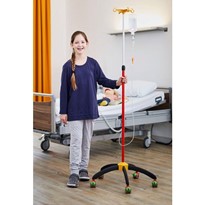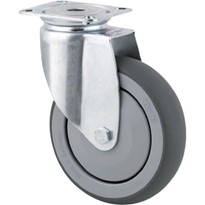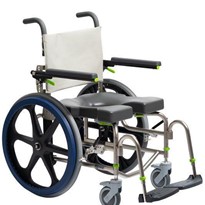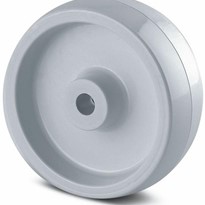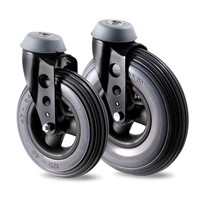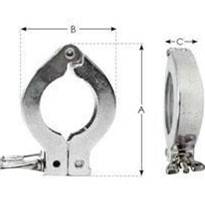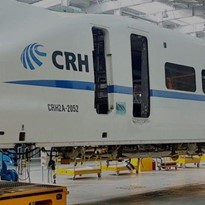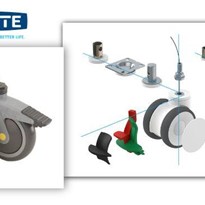A castor or wheel can be attached to equipment, apparatus or machines by securing its fitting inside a tube. Various types of fitting are available. One of these uses a steel plug with a pin for fixing castors to mobile shelf units and TV tables, for example. Other types of fitting include smooth steel plugs and scaffolding fittings with a plug insert or fixed plug.
It is important to make sure that the selected fitting meets all of the requirements relating to load capacity and dimensions. The dimensions depend on the equipment design as well as on the wheel diameter and, with regard to load capacity, the dimensions must be sufficient to support at least the expected load. Appearance is also important. The castors, including fittings, should be an attractive addition to the equipment.
These types of fitting are often very quick and easy to fix in place. They can be fixed in the tube with a screw or threaded pin, for example. A bolt fitting is particularly easy to install. All you need to do is insert the bolt into the corresponding connector tube or drilled hole. These types of fitting are mainly used for castors on apparatus and transport equipment. Whatever the type of fitting, care must be taken to ensure that the castor and the connecting part lie exactly on top of each other. Otherwise, the specified maximum load capacities cannot be guaranteed.
There are other possibilities for attaching castors or wheels to equipment, in addition to fittings that are inserted into tubes. These include plate fittings and, as a special form of in-tube fitting, round or square expander fittings. Need help choosing the right type of fitting for your castors and wheels? Please contact us – we will be happy to provide you with detailed advice on all aspects of wheels and castors!


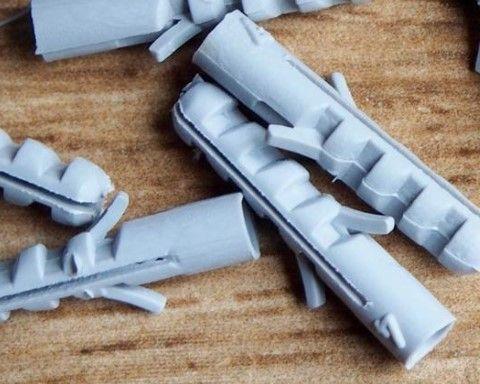
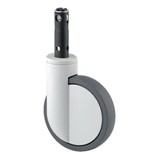
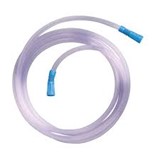
-160x160-state_article-rel-cat.jpg)
